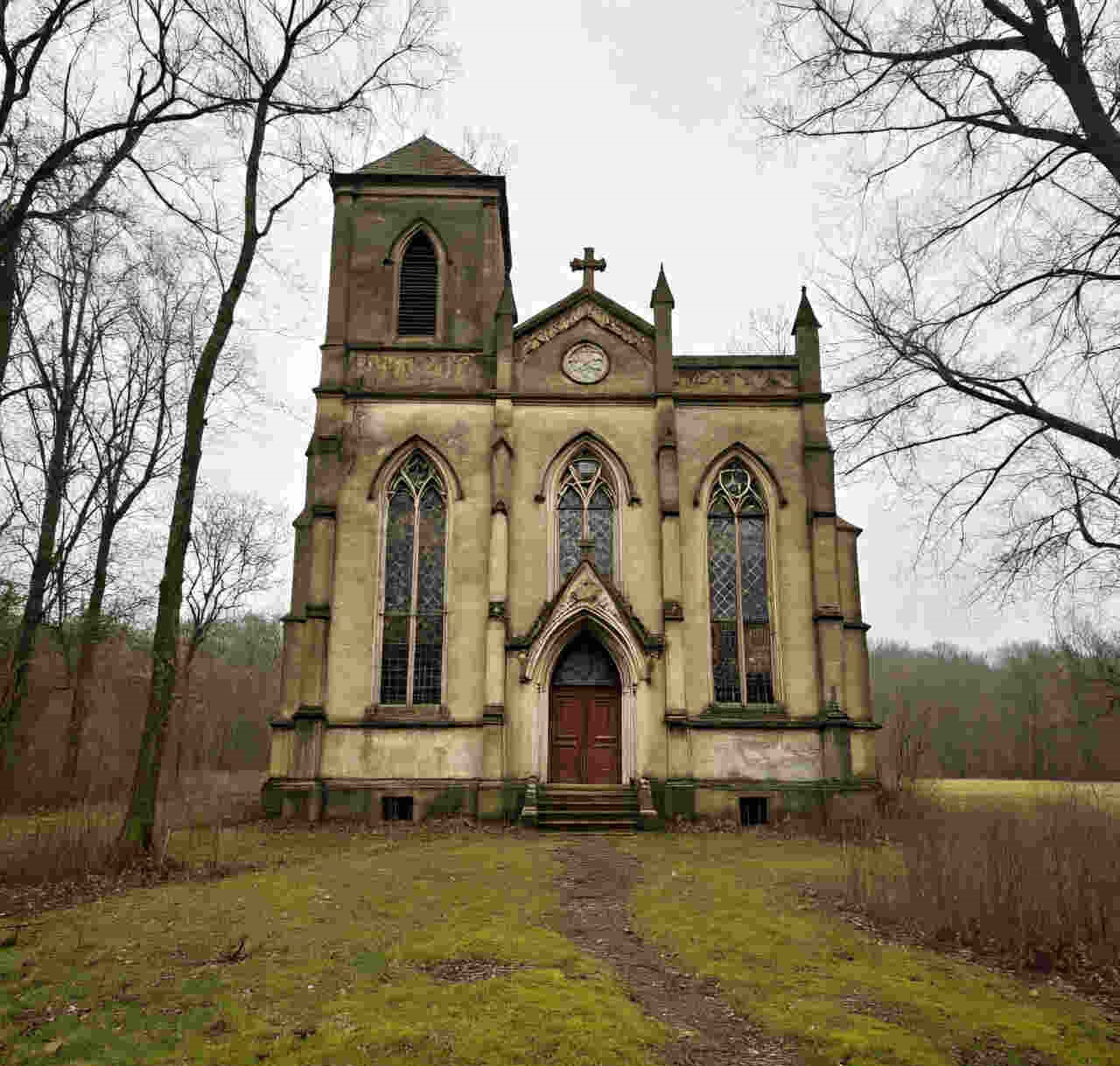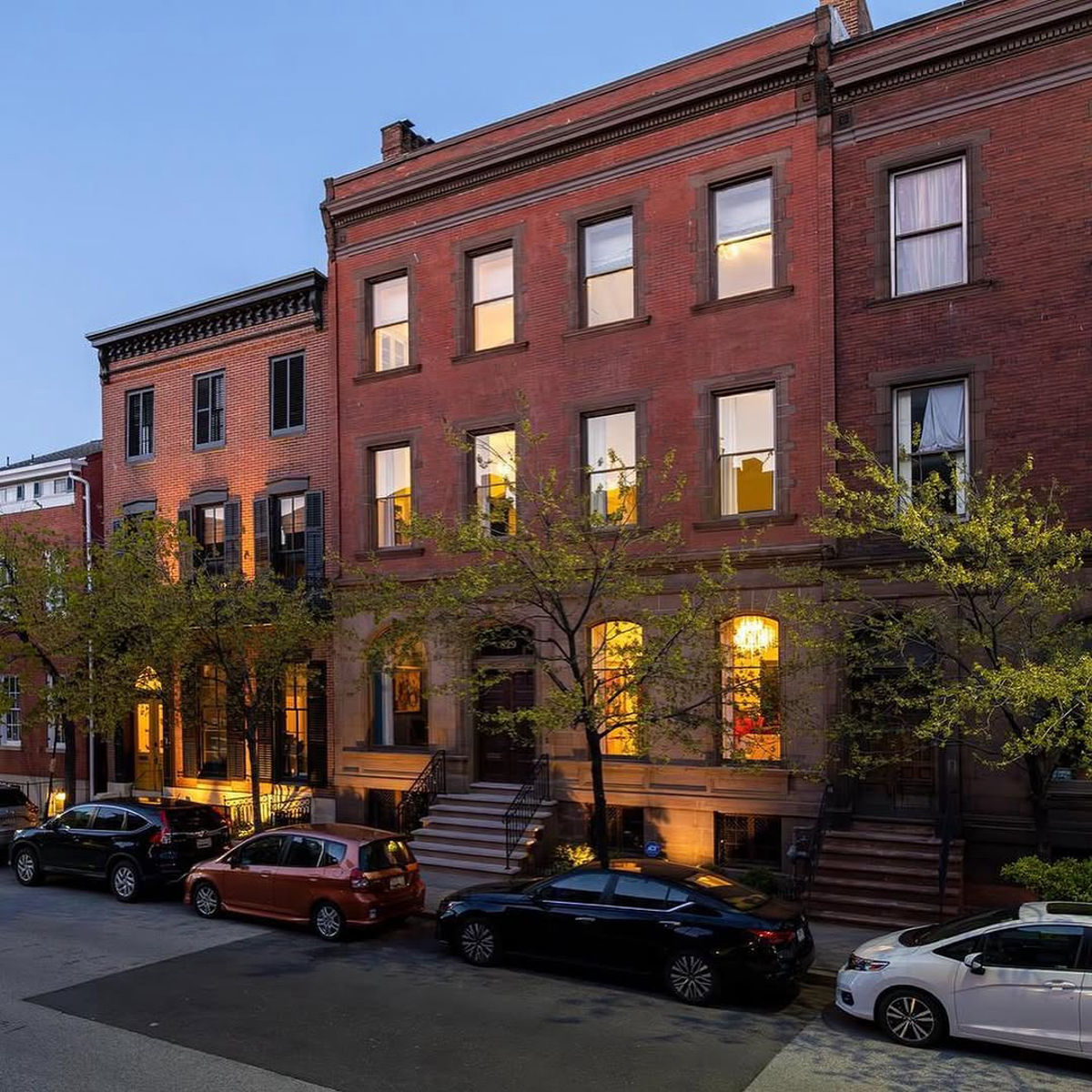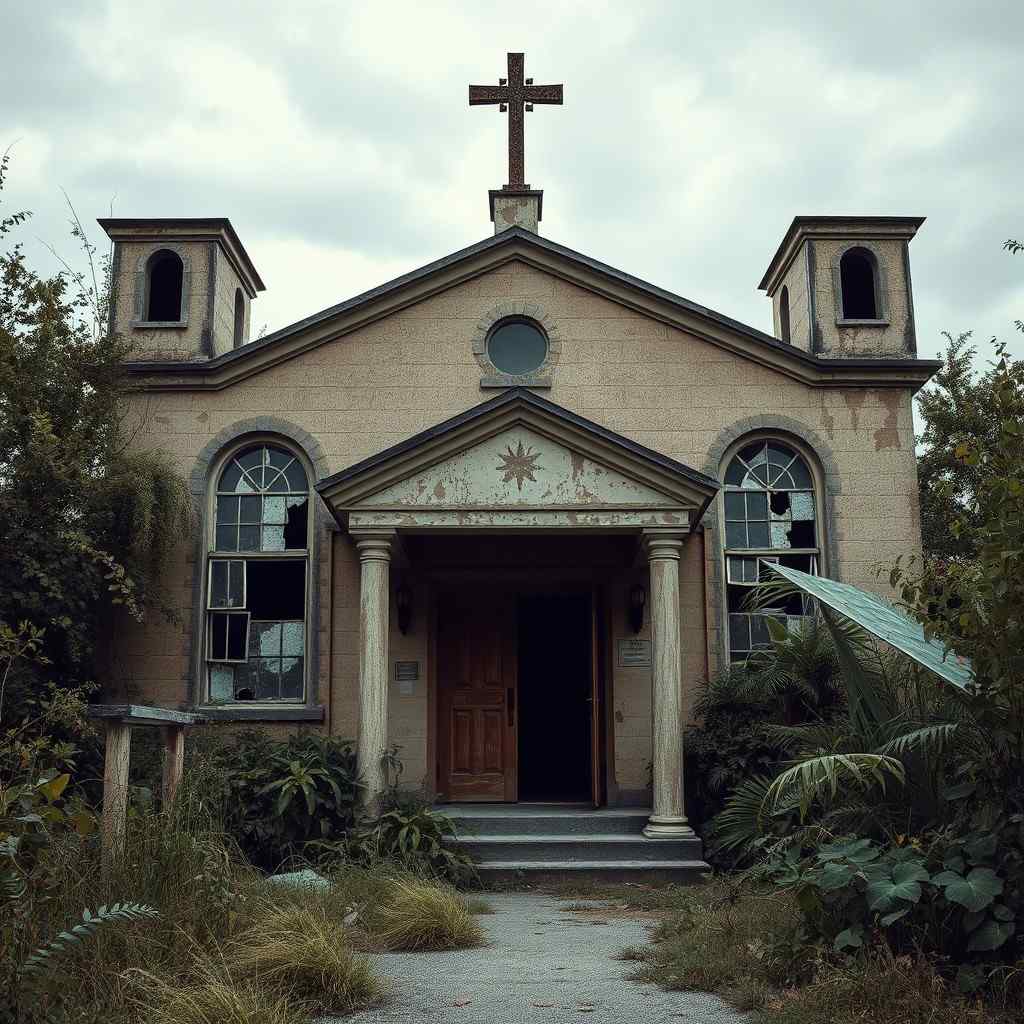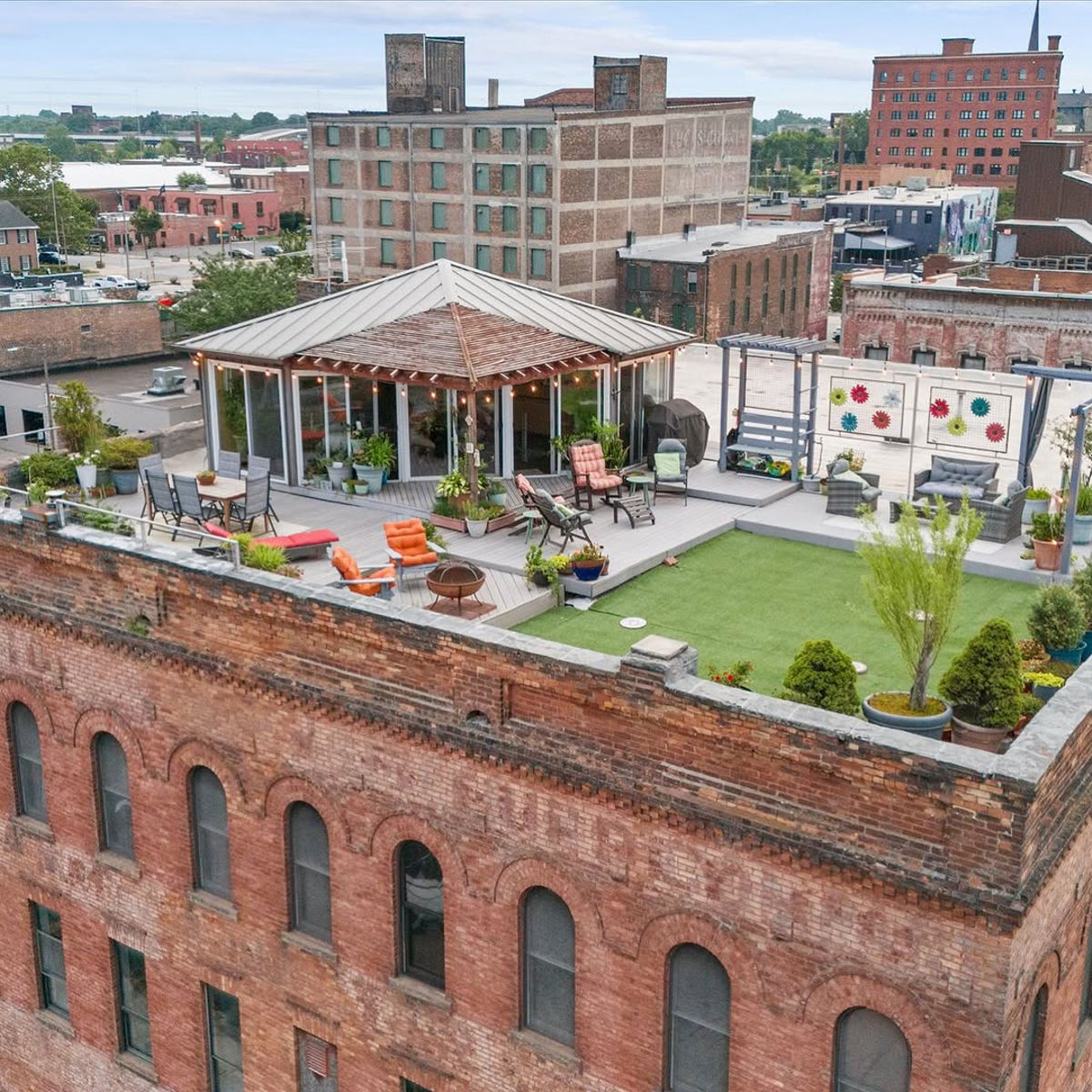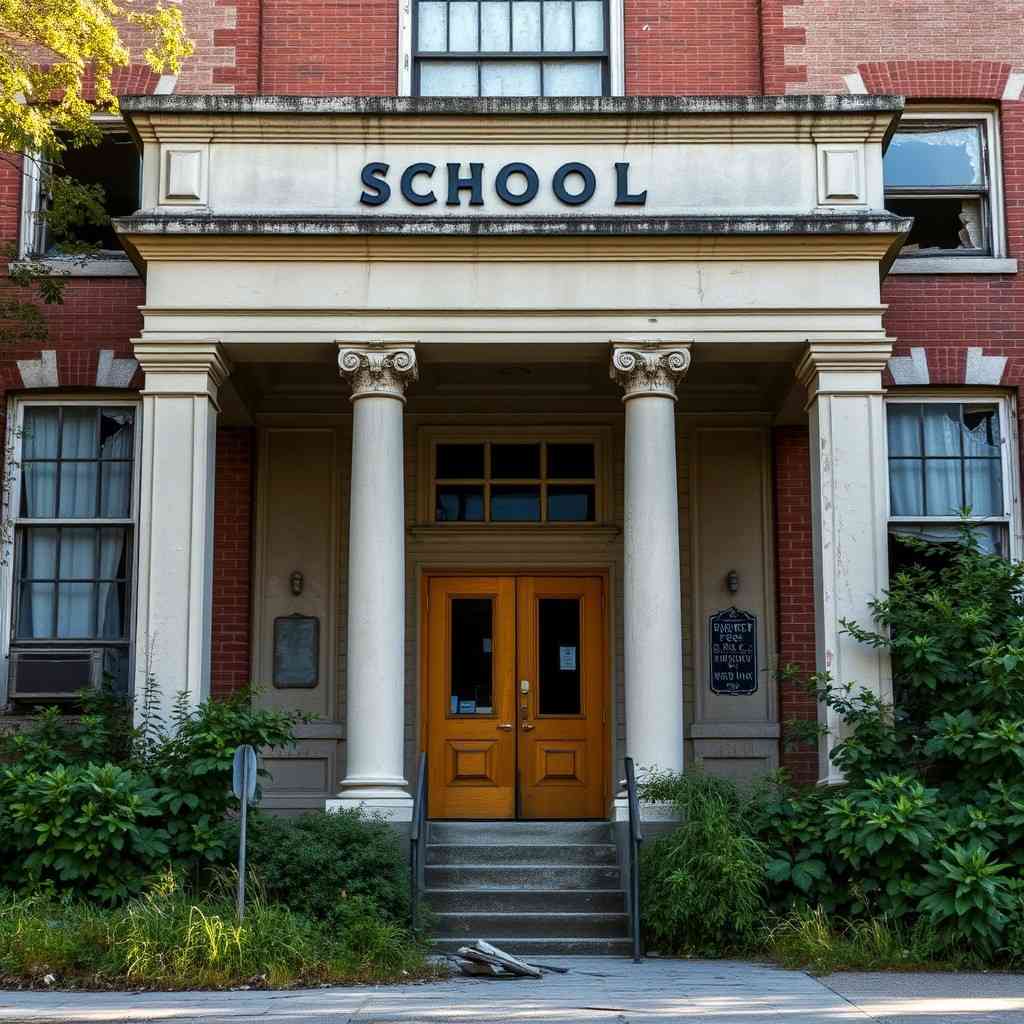Wisconsin’s countryside holds forgotten stories within its weathered walls. An abandoned church in Wisconsin isn’t just an empty building—it’s a window into America’s past, where immigrant dreams met prairie soil and faith built communities from nothing.
These sacred ruins dot the landscape like forgotten prayers, each one telling tales of Sunday morning gatherings, wedding celebrations, and final farewells. From crumbling Gothic spires to simple wooden chapels, Wisconsin’s abandoned churches offer modern explorers a chance to step back in time.
Why Wisconsin Has So Many Abandoned Churches
The story of every abandoned church in Wisconsin begins with hope. In the 1800s, waves of European immigrants flooded into Wisconsin Territory, bringing their faith traditions with them. German Lutherans, Irish Catholics, Norwegian Protestants, and Polish communities all built churches as their first major community projects.
But times changed. Farms failed. Young people moved to cities. Small towns shrank. What once served hundreds now serves no one, leaving behind architectural gems slowly returning to the earth.
The Great Migration and Church Building Boom
Between 1850 and 1920, Wisconsin experienced unprecedented growth. Each ethnic group established churches that reflected their homeland traditions. German immigrants built sturdy brick churches with towering spires. Norwegians crafted simple wooden structures that emphasized community over ornamentation.
These weren’t just places of worship—they were community centers, schools, and cultural anchors. Every abandoned church in Wisconsin once bustled with life, hosting harvest festivals, Christmas pageants, and countless life celebrations.


Modern Challenges Facing Rural Churches
Today’s reality is harsh for small-town churches. Rural populations continue declining as family farms give way to large agricultural operations. Young families move to cities for better opportunities, leaving aging congregations unable to maintain large, expensive buildings.
Many churches face a cruel choice: merge with distant parishes or close forever. Economic pressures, declining membership, and massive maintenance costs create perfect storms that force closures across rural Wisconsin.
Famous Abandoned Churches Across Wisconsin
St. Bartholomew’s Catholic Church – A Gothic Masterpiece
Located in the ghost town of Taft, St. Bartholomew’s represents one of Wisconsin’s most photographed abandoned churches. Built in 1889 by German Catholic immigrants, this Gothic Revival structure once served over 300 families.
The church features stunning limestone construction, soaring 80-foot bell towers, and remarkable stained glass windows that still catch morning light. Inside, ornate altars carved by immigrant craftsmen remain largely intact, creating an almost mystical atmosphere for visitors brave enough to explore.
Local legend claims the church bells still ring on Christmas Eve, though officials attribute the sounds to wind whistling through the damaged bell tower. Regardless, St. Bartholomew’s continues drawing photographers, historians, and paranormal investigators from across the Midwest.
Pine Grove Lutheran Church – Scandinavian Simplicity
Deep in Wisconsin’s Northwoods sits Pine Grove Lutheran Church, abandoned since 1987. This modest wooden structure exemplifies Norwegian-American religious architecture with its clean lines, steep roof, and minimal decoration.
Built by Norwegian settlers in 1903, Pine Grove served a small but devoted Lutheran congregation for over 80 years. The surrounding cemetery tells the community’s story through weathered headstones bearing Scandinavian surnames like Olsen, Andersen, and Larsen.
What makes Pine Grove special is its remarkable preservation. Unlike many abandoned churches ravaged by vandalism, Pine Grove remains largely untouched. Original pews, pulpit, and even hymnals remain in place, creating a time capsule of early 20th-century rural worship.
Sacred Heart Polish Cathedral – Ornate Abandonment
Wisconsin’s Polish communities built impressive churches that rivaled urban cathedrals in their elaborate decoration. Sacred Heart Church in Polonia stands as a testament to Polish-American faith and craftsmanship.
Completed in 1912, Sacred Heart features intricate woodwork, hand-painted religious murals, and an impressive pipe organ that once filled the sanctuary with sacred music. The church basement housed a complete community center with kitchens, meeting halls, and recreational facilities.
Despite its grand scale, Sacred Heart closed in 2003 due to dwindling membership and massive repair costs. Today, nature slowly reclaims this architectural treasure, though preservation efforts continue seeking ways to save this remarkable structure.



The Architecture of Wisconsin’s Abandoned Churches
Understanding church architecture helps visitors appreciate the craftsmanship and cultural significance of these abandoned sacred spaces. Each architectural style tells stories about the communities that built them and the traditions they represented.
Gothic Revival Elements in Wisconsin Churches
Many abandoned churches in Wisconsin showcase Gothic Revival architecture, characterized by pointed arches, ribbed vaults, and elaborate stonework. These elements, borrowed from medieval European cathedrals, were adapted for American frontier conditions using local materials.
Wisconsin’s Gothic Revival churches often feature distinctive elements like rose windows, flying buttresses, and ornate spires that pierce prairie skies. Local limestone and brick replaced European stone, creating uniquely American interpretations of ancient architectural traditions.
The stained glass windows in these churches deserve special attention. Many remain partially intact despite decades of abandonment, creating spectacular light displays as sunbeams filter through colored glass into empty sanctuaries.
Vernacular Church Architecture
Smaller Wisconsin communities often built churches in vernacular styles that emphasized practicality over ornamentation. These simpler structures, typically constructed from local timber, possess their own rustic charm and represent authentic American folk architecture.
Common features include steep-pitched roofs designed to shed heavy snow loads, simple bell towers, and practical layouts that maximized seating capacity. These vernacular churches demonstrate the ingenuity of communities that built their own sacred spaces using available materials and traditional construction techniques.
Even in abandonment, these modest churches reveal exceptional craftsmanship. Hand-hewn timbers, mortise-and-tenon joinery, and locally quarried stone foundations showcase skills passed down through generations of immigrant builders.
Ethnic Architectural Influences
Wisconsin’s diverse immigrant population created remarkable architectural variety among abandoned churches. German immigrants favored substantial brick construction with elaborate towers. Polish communities built churches with colorful interiors and ornate decorative elements.
Scandinavian immigrants brought different traditions, emphasizing simplicity and functionality over decoration. Their churches feature clean lines, natural wood finishes, and modest proportions that reflect Protestant theological principles emphasizing community over hierarchy.
These ethnic influences created Wisconsin’s unique religious architectural landscape, where Gothic Revival cathedrals stand alongside simple wooden chapels, each reflecting different cultural traditions and spiritual approaches.
Why Churches Get Abandoned in Wisconsin
Population Decline in Rural Areas
The primary reason churches become abandoned in Wisconsin relates to rural population decline. As agriculture mechanized and consolidated, small farming communities lost the population density needed to support local institutions.
Young people consistently leave rural areas for urban opportunities, creating aging congregations unable to maintain large, expensive church buildings. This demographic shift particularly affects ethnic parishes that served specific immigrant communities.
Without sufficient membership to generate operating revenue, churches face impossible choices between maintaining buildings and supporting active ministries. Most choose to merge with larger parishes, leaving historic church buildings empty and forgotten.
Economic Pressures on Small Congregations
Operating costs for traditional church buildings often exceed small congregations’ financial capacity. Heating large sanctuaries, maintaining aging roofs, and updating electrical systems require substantial ongoing investment.
Many rural churches were built during prosperous agricultural periods when communities could support ambitious construction projects. Today’s economic realities make maintaining these structures increasingly difficult for shrinking congregations.
Insurance costs alone can overwhelm small church budgets. Historic buildings require specialized coverage that protects against unique risks like stained glass damage, organ maintenance, and structural issues common in century-old construction.


Denominational Consolidation Policies
Religious denominations often consolidate smaller parishes into larger, more efficient operations. While this approach makes financial sense for church hierarchies, it frequently abandons historic buildings with deep community significance.
Consolidation typically moves worship services to newer, more accessible facilities, leaving behind churches that represent generations of community investment and spiritual significance. These policy decisions, though financially necessary, create landscapes dotted with empty sacred spaces.
The consolidation process often overlooks the cultural and historical value of abandoned church buildings, focusing primarily on operational efficiency rather than heritage preservation.
Exploring Abandoned Churches Safely and Legally
Understanding Property Rights and Permissions
Before visiting any abandoned church in Wisconsin, understand that most remain private property despite their empty appearance. Religious organizations, private individuals, or local governments typically own these properties, making unauthorized entry illegal trespassing.
Responsible exploration requires researching property ownership through county records and obtaining explicit permission before visiting. Many property owners welcome respectful visitors who appreciate the historical significance of their abandoned churches.
Some abandoned churches have become unofficial tourist attractions, with property owners establishing informal visiting guidelines. Others remain strictly off-limits due to safety concerns or liability issues.
Safety Considerations for Church Exploration
Abandoned churches present numerous safety hazards that require careful attention. Years of deferred maintenance compromise structural integrity, creating risks from unstable floors, falling debris, and deteriorating roofing materials.
Never enter buildings showing obvious structural damage like sagging roofs, cracked walls, or unstable foundations. Even apparently solid structures may harbor hidden dangers like rotted floor joists or weakened support beams.
Weather conditions significantly affect exploration safety. Wisconsin’s harsh winters and spring thaws create additional hazards like ice accumulation, water damage, and accelerated structural deterioration.
Photography Ethics and Guidelines
Photographing abandoned churches requires balancing artistic goals with respect for sacred spaces and community sensitivities. Many former parishioners maintain emotional connections to these buildings despite their abandonment.
Avoid intrusive photography techniques that damage property or disturb remaining religious artifacts. Never remove items from abandoned churches, as this constitutes theft regardless of the building’s empty status.
Share photographs responsibly, avoiding specific location details that might encourage irresponsible visitation or vandalism. Many photographers use general regional descriptions rather than precise addresses when publishing images.
The Cultural Impact of Church Abandonment
Loss of Community Gathering Spaces
When churches close, rural communities lose their primary gathering spaces. These buildings traditionally hosted not only worship services but also community meetings, social events, and cultural celebrations.
The absence of these central meeting places contributes to social fragmentation in small communities already struggling with population decline and economic challenges. Former church social halls once buzzed with wedding receptions, funeral luncheons, and harvest festivals.
This social infrastructure loss particularly affects older residents who built lifelong connections around church-centered community activities. For many, abandoned churches represent the end of an era when rural communities maintained strong social cohesion.
Preservation of Cultural Heritage
Every abandoned church in Wisconsin represents irreplaceable cultural heritage documenting the state’s immigration patterns and religious development. These buildings serve as physical connections to ethnic communities that shaped Wisconsin’s character.
German Gothic Revival churches tell stories of prosperous immigrant communities that established permanent institutions. Simple Norwegian churches reflect different values emphasizing spiritual equality and community cooperation.
Losing these buildings through demolition or deterioration eliminates tangible links to Wisconsin’s multicultural past. Future generations may struggle to understand their heritage without these architectural witnesses to immigrant experiences.
Impact on Local Identity
Church buildings often define small-town skylines and community identity. Their distinctive spires serve as landmarks that orient residents and visitors alike. When these structures disappear, communities lose important visual anchors.
Local residents frequently report feeling disconnected from their communities after church closures. The buildings represented stability and continuity across generations, providing comfort during times of social and economic change.
Many communities struggle to maintain identity and pride after losing their historic churches. These buildings symbolized achievement and permanence that sustained community morale through difficult periods.
Preservation Efforts and Success Stories
Community-Led Restoration Projects
Some Wisconsin communities have organized successful preservation efforts for their abandoned churches. These grassroots initiatives typically combine fundraising campaigns with volunteer labor to stabilize deteriorating structures.
The restored St. Joseph’s Church in Rhinelander exemplifies successful community preservation. Local residents raised over $200,000 to repair the roof, restore stained glass windows, and stabilize the foundation, transforming the building into a community center.
These projects require sustained commitment from dedicated volunteers willing to invest years in fundraising and restoration work. Success depends on identifying sustainable long-term uses that generate ongoing maintenance revenue.
Adaptive Reuse Success Stories
Creative adaptive reuse projects have given new life to several abandoned Wisconsin churches. These transformations maintain architectural character while creating economically viable new purposes.
The former Trinity Lutheran Church in Madison became an award-winning wedding venue that preserves the building’s sacred atmosphere while generating revenue for ongoing maintenance. The conversion maintained original architectural elements while adding modern amenities.
Other successful adaptations include community theaters, art galleries, and even private residences. The key to successful reuse involves respecting the building’s religious heritage while creating sustainable economic models.
Challenges in Church Preservation
Preserving abandoned churches presents unique challenges not faced with other historic buildings. Religious architecture requires specialized restoration techniques for elements like stained glass, pipe organs, and ornate decorative features.
The sacred nature of these spaces limits potential adaptive uses, ruling out many commercial applications that might support other historic preservation projects. Additionally, rural locations often lack the population density needed to support venue-based businesses.
Financial challenges represent the greatest preservation obstacle. Restoration costs frequently exceed potential market values, making economically viable preservation extremely difficult without substantial grant funding or donor support.
Economic Aspects of Abandoned Church Properties
Real Estate Market Challenges
Abandoned churches present complex real estate situations due to their specialized architecture and rural locations. While buildings may possess significant architectural value, religious design elements limit market appeal for most potential buyers.
Church buildings require expensive modifications for most alternative uses. Large sanctuary spaces with high ceilings are costly to heat and maintain, while religious architectural features may be difficult to adapt for secular purposes.
The size and scale of church buildings often exceed residential needs while falling short of commercial requirements. This positioning creates challenging market dynamics that limit buyer interest and property values.
Restoration Cost Realities
Restoring abandoned churches typically requires substantial financial investment due to specialized architectural elements and extensive deferred maintenance. Professional restoration of stained glass windows alone can cost tens of thousands of dollars.
Structural issues common in abandoned churches—foundation problems, roof failures, and water damage—often create restoration costs exceeding potential property values. Many well-intentioned buyers discover renovation costs far beyond initial estimates.
Historic preservation requirements may mandate expensive traditional materials and techniques that increase restoration costs significantly. These requirements, while preserving authenticity, often make projects financially unfeasible for private buyers.
Potential Revenue Generation
Despite challenges, some abandoned churches have found economic sustainability through creative revenue generation. Wedding venues represent the most successful adaptive use, utilizing church architecture effectively while respecting sacred heritage.
Event hosting, photography workshops, and architectural tours can generate modest revenue streams while preserving buildings for public appreciation. Some churches have become popular filming locations for movies and television productions.
Tourism potential exists for well-preserved abandoned churches in scenic locations. Heritage tourism initiatives that include abandoned churches as part of larger historical narratives can create sustainable visitor revenue.
Future Prospects for Wisconsin’s Abandoned Churches
Emerging Preservation Technologies
New preservation technologies offer hope for maintaining abandoned churches more cost-effectively. Advanced weatherization materials, remote monitoring systems, and improved documentation techniques provide tools for efficient building preservation.
Digital documentation projects are creating detailed records of abandoned churches before deterioration eliminates architectural details. These archives preserve knowledge for future restoration efforts while documenting Wisconsin’s religious architectural heritage.
Solar technology and energy-efficient systems make it possible to maintain basic building functions in remote locations without extensive utility infrastructure. These innovations could extend building lifespans while reducing maintenance costs.
Changing Demographics and Opportunities
Wisconsin’s changing demographics might create new opportunities for abandoned church reuse. Urban residents seeking rural retreats represent potential markets for creatively adapted church properties.
Artists and craftspeople often appreciate large spaces with interesting architectural features that church buildings provide. Some abandoned churches have become successful artist studios and galleries that celebrate both religious and artistic heritage.
The growing interest in historic preservation and architectural heritage tourism could create new economic opportunities for abandoned churches. Communities developing heritage trails might find justification for preserving these unique buildings.
Frequently Asked Questions About Abandoned Churches in Wisconsin
What makes a church officially “abandoned” in Wisconsin?
A church becomes abandoned when regular religious services cease permanently and the building is no longer actively maintained by a congregation or religious organization. This typically happens due to declining membership, financial difficulties, or denominational consolidation. Legal ownership may remain with religious entities even after abandonment, creating complex property situations.
How many abandoned churches exist in Wisconsin currently?
Wisconsin contains approximately 150-200 documented abandoned churches, though exact numbers fluctuate as buildings are demolished, restored, or newly abandoned. The Wisconsin Historical Society estimates that over 400 historic churches have been lost since 1950, with the highest concentrations in areas experiencing rural population decline.
Is it legal to explore abandoned churches without permission?
No, exploring abandoned churches without permission is illegal trespassing, regardless of the building’s empty appearance. Most abandoned churches remain private property owned by religious organizations, individuals, or local governments. Always research ownership and obtain explicit permission before visiting any abandoned church property.
Can private individuals purchase abandoned churches in Wisconsin?
Yes, abandoned churches can sometimes be purchased by private buyers, though the process involves complex considerations. Potential buyers must research current ownership status, understand historic preservation restrictions, and evaluate substantial restoration and maintenance costs. Many religious organizations prefer selling to buyers who will respect the building’s sacred heritage.
What are the biggest threats to abandoned churches in Wisconsin?
Wisconsin’s harsh climate poses the greatest threat through freeze-thaw cycles that damage masonry, heavy snow loads that stress roofing, and moisture infiltration that accelerates interior deterioration. Vandalism, theft of architectural elements, and structural collapse from deferred maintenance also threaten these buildings. Without active preservation efforts, most abandoned churches face destruction within 20-30 years.
Which architectural styles are most common in Wisconsin’s abandoned churches?
Gothic Revival represents the most common style, featuring pointed arches, elaborate stonework, and tall spires. Romanesque Revival churches display rounded arches and massive construction. Vernacular styles emphasizing simple, practical design are also prevalent, particularly in smaller communities. Each style reflects the cultural background of the immigrant communities that built them.
Are there organized tours of abandoned churches in Wisconsin?
Some local historical societies and tourism organizations offer guided tours of significant abandoned churches, particularly during heritage events or architectural festivals. However, most abandoned churches require private arrangements with property owners for visitation. Photography groups occasionally organize permitted visits to notable abandoned churches.
What should photographers know before visiting abandoned churches?
Photographers must prioritize safety and legal compliance when visiting abandoned churches. Essential considerations include obtaining proper permissions, assessing structural safety, carrying emergency communication devices, and never entering obviously dangerous buildings. Respect the sacred nature of these spaces and avoid disturbing religious artifacts or architectural elements.
How does Wisconsin’s climate affect abandoned church preservation?
Wisconsin’s severe climate accelerates abandoned church deterioration through multiple mechanisms. Winter freeze-thaw cycles crack masonry and foundations, heavy snow loads stress roofing systems, spring flooding causes water damage, and temperature fluctuations stress building materials. Without active maintenance, Wisconsin weather can destroy abandoned churches within decades.
What role did immigration play in shaping Wisconsin’s church architecture?
European immigration heavily influenced Wisconsin’s religious architecture. German immigrants brought Gothic Revival and Romanesque styles, creating substantial brick churches with elaborate decoration. Norwegian settlers built simple wooden churches emphasizing community over ornamentation. Polish communities constructed ornate Catholic churches with colorful interiors and impressive scale.
Can abandoned churches be converted for modern uses?
Abandoned churches can be successfully adapted for various purposes including event venues, community centers, artists’ studios, museums, or private residences. Successful conversions require sensitivity to religious heritage, substantial financial investment, and creative approaches to utilizing large sanctuary spaces. Zoning regulations and historic preservation requirements may limit conversion options.
What preservation resources are available for abandoned churches?
Several organizations provide resources for abandoned church preservation, including the Wisconsin Historical Society, National Trust for Historic Preservation, and various denominational heritage committees. Grant opportunities exist through historic preservation programs, though competition is intense and funding limited. Local preservation groups often provide technical assistance and advocacy support.
How can communities save their abandoned churches?
Communities can preserve abandoned churches through organized fundraising campaigns, grant applications, volunteer restoration work, and developing sustainable reuse plans. Success requires identifying committed leadership, securing property ownership, creating realistic budgets, and establishing long-term maintenance plans. Partnership with preservation organizations increases chances of success.
What makes some abandoned churches more historically significant than others?
Historical significance depends on factors including architectural uniqueness, cultural importance to immigrant communities, association with notable events or individuals, and representation of specific building periods or styles. Churches listed on historic registers receive recognition for their significance, though designation doesn’t guarantee preservation without ongoing maintenance and care.
Are there any haunted abandoned churches in Wisconsin?
Many abandoned churches in Wisconsin have ghost stories and paranormal legends associated with them, often involving former parishioners, tragic events, or unexplained phenomena. While these stories add cultural interest, they should be approached as folklore rather than factual claims. Paranormal investigation groups sometimes visit abandoned churches, though property permission remains required.
Wisconsin’s abandoned churches stand as powerful monuments to faith, community, and the passage of time. These architectural treasures face uncertain futures, caught between forces of natural deterioration and potential preservation through human effort and creativity.
Each empty sanctuary tells stories of immigrant dreams, community building, and religious devotion that shaped Wisconsin’s character. Whether through careful restoration, creative adaptive reuse, or respectful documentation, these sacred spaces deserve recognition for their cultural significance and architectural beauty.
The story of abandoned churches in Wisconsin reflects broader themes in American history—immigration, community development, religious freedom, and social change. As these buildings slowly return to the earth, they carry memories of countless worship services, community gatherings, and personal milestones that defined rural Wisconsin life.
For those drawn to explore Wisconsin’s abandoned churches, these remarkable structures offer profound connections to the past while raising important questions about preservation, community values, and the role of sacred spaces in modern society. Through respectful exploration and thoughtful preservation efforts, future generations might continue appreciating these extraordinary testaments to faith and community in Wisconsin’s rural landscape.
![]()
